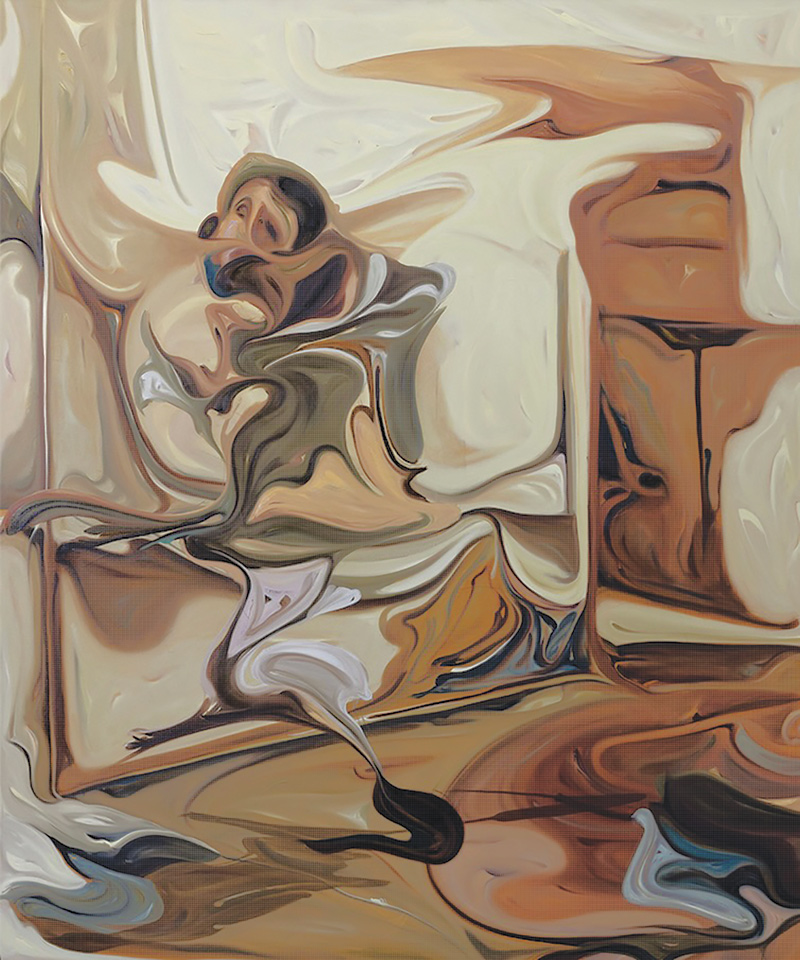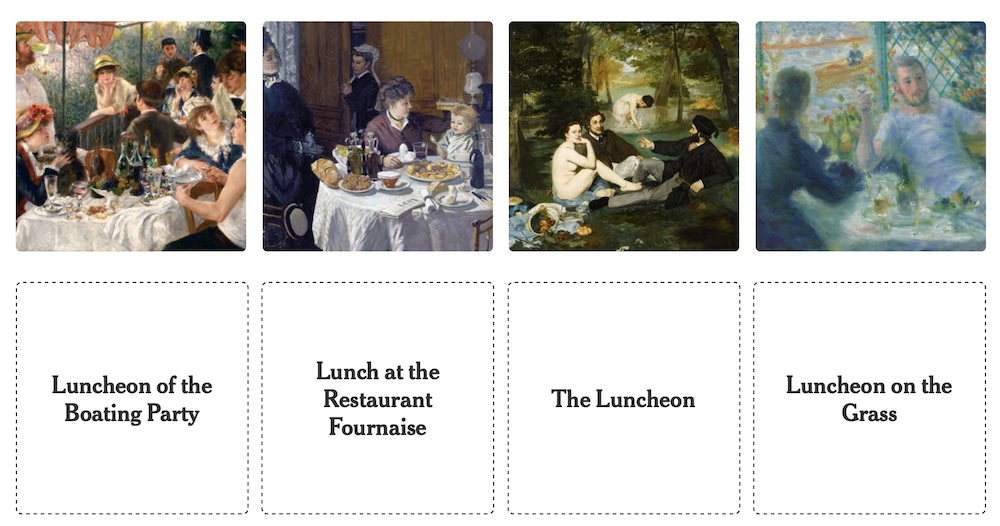Roger Brown Goes Pop! at Kavi Gupta

By FRANCK MERCURIO
Earlier this year, the School of the Art Institute of Chicago (SAIC) announced that Kavi Gupta Gallery will represent the estate of artist Roger Brown (1941–1997) on behalf of the School. The announcement was received with some surprise given that Brown—a Chicago Imagist who died nearly 20 years ago—seems outside the typical profile of Gupta’s “of the moment” contemporary artists. But with a presence in both Chicago and Berlin, the gallery is poised to expand Brown’s reputation internationally and encourage new interpretations of his work.
“We really want to put [Brown’s art] out there in new and relevant ways and increase awareness by curators, critics, artists, and the public,” said Lisa Stone, curator and director of the Roger Brown Study Collection. “We hope his works find their way into the world and into important collections.”
The Study Collection is owned by SAIC and located in Brown’s former Chicago townhouse and studio. Brown willed the building to the School upon his death in 1997, along with his personal collections and much of his artwork. The residence now serves as a museum, archive, and study center for scholars and SAIC students.
As the estate’s new representative, Kavi Gupta Gallery will manage Brown’s creative output: his paintings, sculptures, and other works of art, which were previously housed at the Study Collection. The gallery’s practical responsibilities include the proper storage of these works and the facilitating of loans to outside institutions. Kavi Gupta is also tasked with selling some of Brown’s works, in consultation with the Study Collection.
“There’s no ‘fire sale’ or anything like that,” assured Stone. “The Study Collection and the Roger Brown New Buffalo, Michigan, property are supported by—but not dependent on—proceeds from the estate. So there isn’t pressure to sell.”
“The gallery’s staff have strategies about sales and representation,” continued Stone. “We respect their work; they are very savvy in terms of estate management.”
Kavi Gupta Gallery is also partnering with the Study Collection to conceive new ways of presenting and interpreting Brown’s pieces. Case in point: a major fall exhibition at the gallery’s Elizabeth Street space will pair works by Brown with those of Andy Warhol. When it opens September 23, Roger Brown & Andy Warhol: Pop Artists, Subversive Politics will place Brown within the Pop art movement.

“This exhibition will, for the first time, draw together works by artists Roger Brown and Andy Warhol,” wrote Rachel Gonzalez, spokesperson for Kavi Gupta Gallery, in an email to the author. “While these two artists were contemporaries and dealt with much of the same visual language and subject matter, their geographical distance precluded their work from being viewed as related during their lifetimes, which this exhibition seeks to rectify.”
Geography wasn’t the only barrier separating Warhol’s and Brown’s works during their careers. There was also a general neglect of contemporary American art that wasn’t “of New York” by critics and art historians during the decades after the war. Important art movements in Chicago and California were routinely ignored or marginalized. In turn, the Chicago Imagists fiercely rejected New York art trends, further distancing themselves from the Pop artists.
Yet despite their independent ways, the Imagists keenly followed developments in New York. In a 1981 video interview conducted by the Museum of Contemporary Art, Chicago, Brown acknowledged an attraction to Pop art and revealed the impact of the movement on his own work:
The Pop artists interested me tremendously, as I think they did most of my friends. I consider them an influence on what I did.
But Brown went on to articulate the dissimilarities between the two schools’ perspectives:
The thing that I see that’s different… is the kind of attitude they [the Pop artists] had to what they were doing. I think they chose things as sources and then presented them in a very refined, traditional representational manner… and I think our approach was not to use those things as sources, so much, but to try and parallel the kind of energy that existed in them as art…instead of painting pictures of them and cropping them in certain ways so that they look very aesthetic, I think our intention was to say ‘These things are beautiful in themselves. Can I make art that equals that?’
Despite these differences in intent, commonalities existed. Brown and Warhol both drew from popular culture and explored a number of similar themes in their work. Gonzalez cites “religion, queer desire, politics, violence, and advertising” as some of the topics each tackled. Both artists commented on the political and social issues of their day; Brown addressed these subjects in a more overt manner through the use of a satirical, narrative painting style. Warhol, generally, took a more subtle approach, often reproducing and manipulating a single image—such as his (infamous) electric chair or portrait of Mao—to emphasize his point. There was also a kind of queer sensibility shared between these two gay male artists, one in which coded visual elements often conveyed meaning to a knowledgeable audience.
Given the strong, traditional definitions that still separate the Imagists from the Pop artists, the exhibition at Kavi Gupta is guaranteed to generate controversy—not everyone will accept Brown as a Pop artist. But the exhibition promises to push descriptive boundaries and “subvert” (to borrow the gallery’s language) long held notions of what separates and connects the work of these two iconic artists.
Roger Brown & Andy Warhol: Pop Artists, Subversive Politics opens on September 23 at 219 Elizabeth St., Chicago and runs through November 22. For more information, visit kavigupta.com
Top image: Roger Brown, Aha! Heterosexuals Fuck Too, 1991, Oil on canvas, 72” x 72” © The School of the Art Institute of Chicago and the Brown family. Courtesy of Kavi Gupta. Photo: James Connolly






